
Types Of Vertical Gardens To Get A Greener Home
Different Varieties of Indoor Vertical Gardens
You'd have to be living under a rock if you haven't seen the photos of walls covered in vibrant plants. The city of Singapore is renowned for its exceptionally verdant surroundings. As a bonus, they are integrating spectacular green living walls into apartments and buildings, providing residents and visitors with breathtaking views of green walls and vertical gardens. You've found the perfect place to check out and learn more about vertical gardening and how to employ one at home yourself to bring the precise nature scene to your residence whether indoors or outdoors.
What is vertical gardening?
What you hear when someone mentions "vertical gardening" is exactly what you get. You wouldn't be dealing with a traditional horizontal flower bed, but rather a series of vertical installations.
To get the intended effect, you could, for instance, use a hanging planter or an old pallet.
We've made it easy to get started with vertical gardening, both indoors and out, by selecting some of the best plants for your green walls. To access the articles, please click here.
Depending on the size of the drab space you intend to alter, we have assembled some fantastic information and details on several sorts of vertical gardens you can start indoors or outdoors.

The Babylonians frequently exhibited towers with hanging gardens, which dates the concept of vertical gardens back to that era. It's no secret that vertical gardens are more space-efficient than ground-level plots, not to mention simpler to tend to and harvest. Hop on, because once you've selected your plants and determined where they will receive adequate sunlight, we'll be on the lookout for the best way to put your fantasized-about vertical garden into action.
Start right now!
VERTICAL GARDENS WITH CLIMBING PLANTS
Planting systems that grow vertically can be constructed either in the ground or in containers. It's not just for backyards or allotments! Wall-mounted, balcony-suspended, and free-standing vertical garden systems are all viable options.
First, we look at the tried-and-true method of showcasing vegetation: vertical gardens. Display your climbing or vining plants with the help of a support system. These climbing structures are both an eye-catching addition to your garden and a functional aid to your climbing companions.
1. Trellises

There is a wide variety of trellis constructions to choose from, and they are arguably the most well-known sort of plant support system. You should construct a trellis if you want to get the most out of your garden and are willing to spend a bit more time and money than necessary on it. When properly constructed, a trellis can last for many years. A trellis can be a flat, freestanding construction or it can be linked to another object, such as a planter, a wall, or a fence, for support and decoration. In other words, it serves as a solid foundation for your vertical garden. A trellis can be built from scratch or purchased ready-made. A trellis is an ideal way to display cucumbers, peas, and green beans.
2. Arches

An outdoor vertical garden like this will be a fantastic way to show off your vegetable collection. You can use an arbour or pergola to create an arch in your garden, or you can use an arch as a standalone structure. When designing a garden, large arches can be used to make tunnels or provide shaded walkways. You can increase your garden's productivity by using a small arch for vertical gardening, where vines are trained over the arch and smaller crops are planted underneath.
3. Cages and Wooden boxes

If you want to get your hands dirty and play with your creativity, do these DIY cages to grow your greens. Cages for plants can be as simple as a ring of wire around a tomato plant or as elaborate as a large wooden structure. The combination of a brick wall and a wooden frame for your vertical garden produces a stunning visual effect.
4. Hanging Coconut Shell Planters

This is one of the most eco-friendly suggestions on our list, and it's perfect for indoor container gardens. While not all plants thrive in coconut shells as planters, giving it a try and seeing how your plants respond is one of the finest environmentally responsible methods to show off your green thumb. Plants can be grown in a variety of containers, including coconut shells and empty bottles. There is no specific location you need to hang them in, so long as they get plenty of sunlight.
5. Hanging Planters

For your do-it-yourself vertical garden, why not make use of unwanted things like baskets? DIY planters often turn out to be the finest option. Wooden waste baskets and bins that are hung from the ceiling make a stunning boho statement. An excellent method for creating vertical gardens for both indoor and outdoor use.
6. Obelisks

Formal gardens often feature obelisks, which are pyramidal, four-sided vertical growth structures. Obelisks are available in both round and square forms today. Wood, metal, or plastic might all be used to construct them. Alternatively, made from more natural materials like twigs or grapevines.
7. Pallet Planters

The materials for a pallet planter are minimal: plywood, a staple gun, landscape cloth, and a pallet. Pallets can be used efficiently for vertical planting. Applying staples from the staple gun, linking the plywood to the pallet, and then covering it with the landscape fabric. Get ready to get your hands filthy by laying your pallet on the ground. Plant something and start by filling the pallet with soil. Keep it moist for two weeks so your plants can establish themselves. Keep it vertical and admire your lovely planter made from a pallet. The most basic method of vertical gardening is the use of hanging pots. Several pots or other containers will suffice. If you drill some holes in the bottom and fill them with soil, they'll make excellent planters.
8. Hanging Grid Planters

Now here's a variation on the theme of hanging pots that's both fresh and elegant. Supporting your own hanging grid vertical garden is crucial for keeping it upright and healthy through bad weather.
9. Gutter Gardens

You are correct in identifying it as a planter fashioned from a regular rain gutter. These can be laid out in horizontal rows or constructed in a zigzag pattern to maximize the flow of water from one set to the next. Naturally, the depth of the gutters will dictate the maximum plant height you may achieve.
10. Photoframe Planters for Succulents

Do you have an outdated fence that you'd rather not paint or replace? The succulent garden in a picture frame is a great idea! Simply plant colourful succulents in your old picture frames to reuse them. You can use whatever wood you can find if you don't have any old frames lying around. This is a fantastic way to show off your plant collection.
11. Mounted Terracotta Planters

Put some colourful flowers on a bare wall and it will instantly seem better. Amazing effects can be achieved by contrasting a wall with flowers. Mount your lightweight clay pots on a stand or pallet, then fill them with colourful flowers and foliage. Choose containers of varying sizes and colours for added visual interest. Do something out of the ordinary!
12. Garden Towers

Due to its extensive set of features, the Garden Tower is the most effective vertical gardening system currently available. Simply put, a tower garden is just another name for a series of stacked or vertically arranged planters. In terms of material, tower gardens can be created out of anything tall and slender, including wood, metal fence, plastic, or a combination of the three. Vertical growing systems can be as basic as a few stacked planters or pots, or they might be elaborate commercial setups.
13. Plastic Bottle Planters

Put dirt in discarded Coke bottles and then hang them up. In this approach, planting a herb garden is a breeze. Though, keep in mind that not all plants will reach their maximum size in this arrangement because they are planted in a small container. But this is a clever approach to making a vertical garden out of someone else's garbage!
14. Stair Veggie Garden

This vertical garden design is an excellent option for small areas. Herbs, flowers, and even crops of all sorts can be cultivated. Cedar planters are customizable to fit any size or shape of wall or fence. Many varieties of wood are available for your selection. Make sure they put up a fight, though!
15. Shoe and Book Shelves

It's time to put those unused pieces of furniture to good use!
Creating a vertical garden on a budget is as simple as affixing a vertical shoe organizer (the kind with pockets) to a wall in a well-lit area. Fill the pockets with potting soil, then punch a hole in the bottom of each one so that any surplus water can drain. Plant a single herb, vegetable, annual, ground cover, etc. cutting or young plant into a pocket and filling it with water. You'll soon have a stunning vertical garden. Keep in mind that the pockets are very small, making it necessary to water them frequently to prevent drying out.
Vertical gardens can be made out of shoe racks or bookshelves. They'll make your garden look sophisticated.
Vertical gardens have many advantages, let's look at some of them:
- It's efficient since you can grow more plants on the same amount of ground because of the vertical orientation of the garden. It works wonderfully in overcrowded gardens or in urban settings where space is at a premium.
- Benefits to your plants include a higher yield and less chance of fungal infections, pests, and other illnesses due to increased exposure to sunshine and air circulation by growing your crops vertically. The vertical configuration also facilitates drainage more effectively.
- Vertical gardens let you grow a wide variety of plants without spending all day outside in the sun. When compared to a flat or even a raised garden bed, a walled vegetable garden can be much simpler to maintain in terms of watering, pruning, and harvesting.
Use these methods while setting up a vertical garden in your home or elsewhere. These are only a few suggestions, but you may let your imagination soar and design stunning vertical garden spaces anywhere you choose! Hopefully, you can make it to our next one!
Check out our vertical planters!
If you're looking to spruce up some boring areas, you should check out the vertical gardening services we offer.

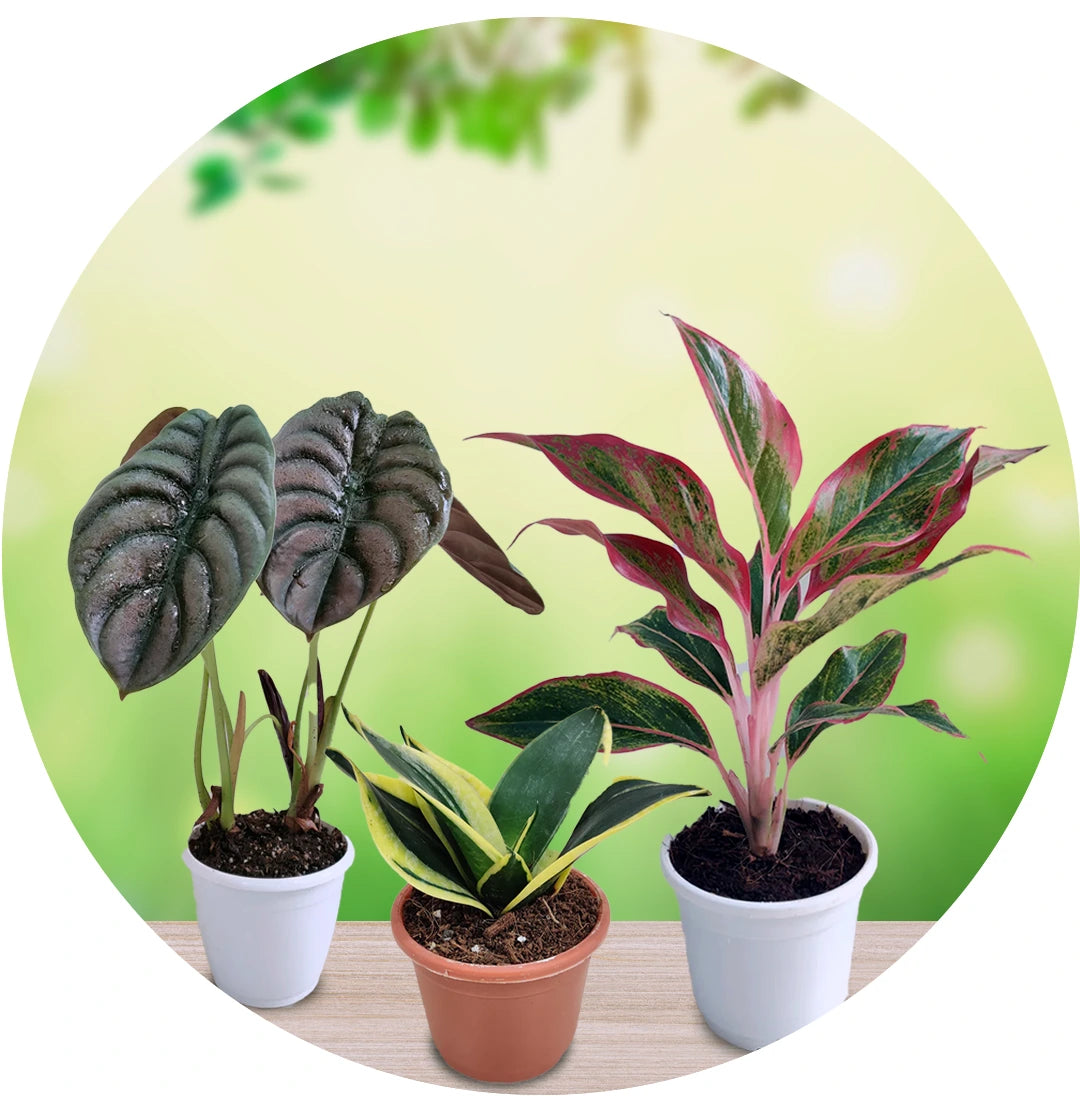
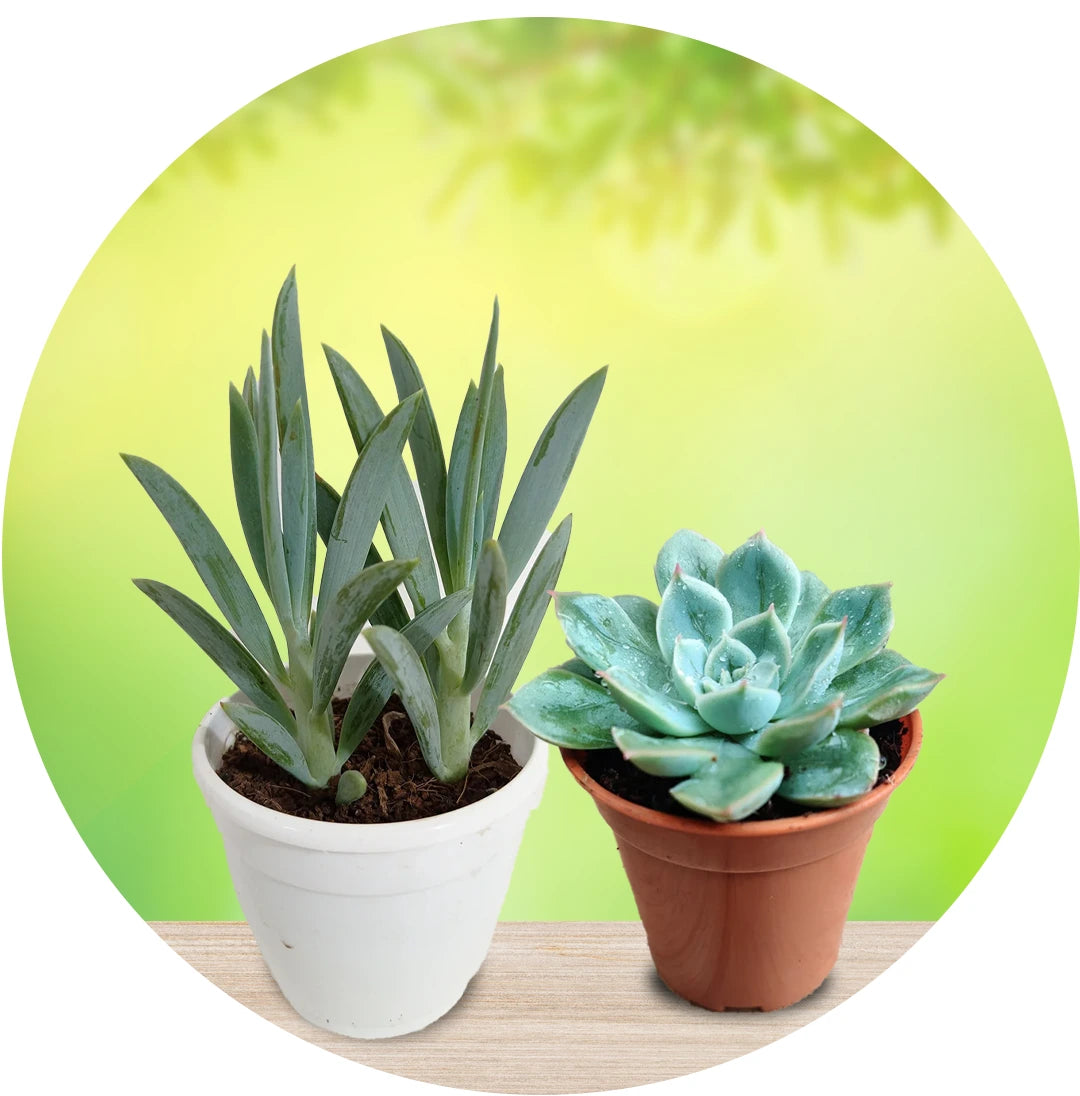
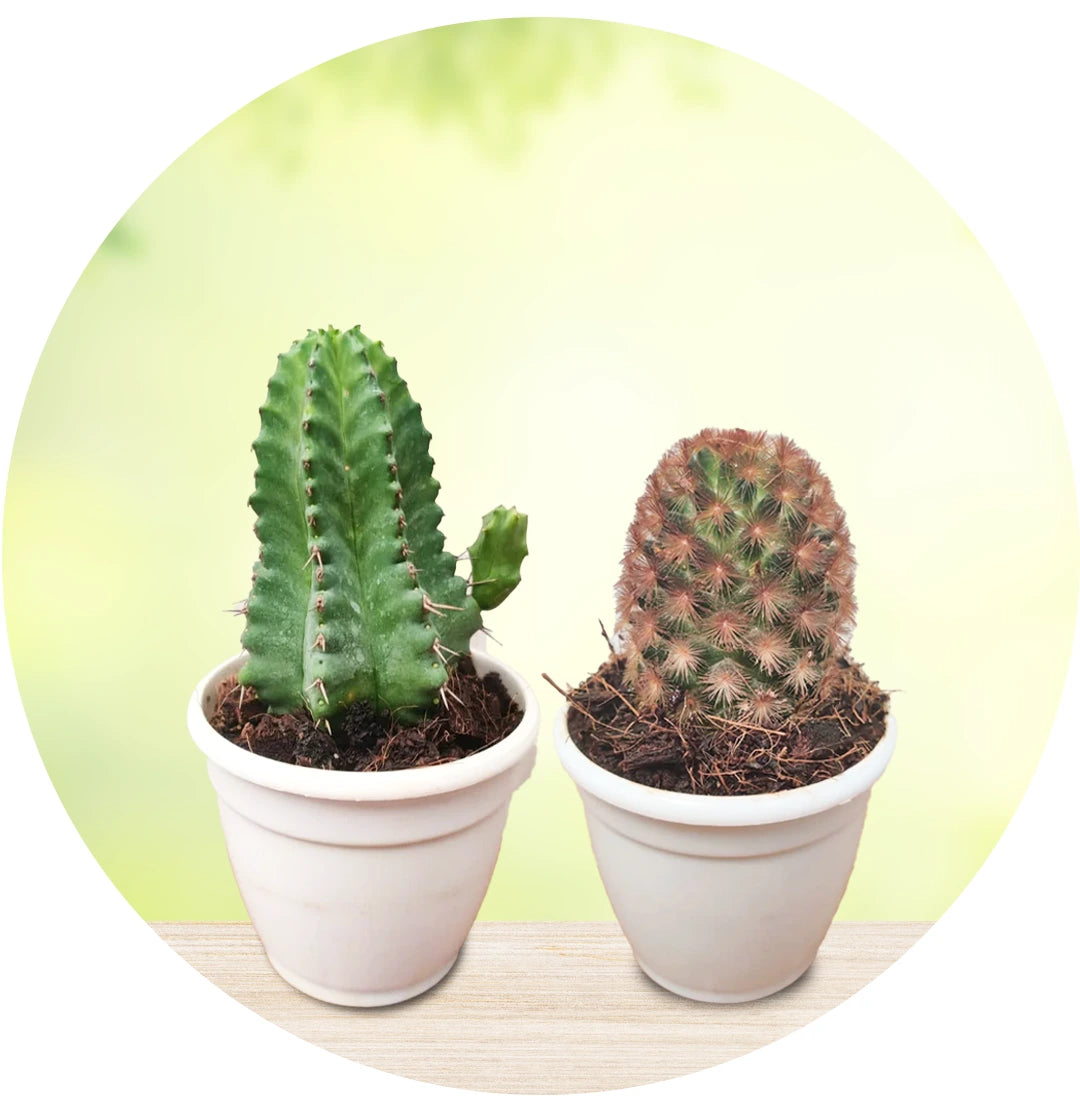
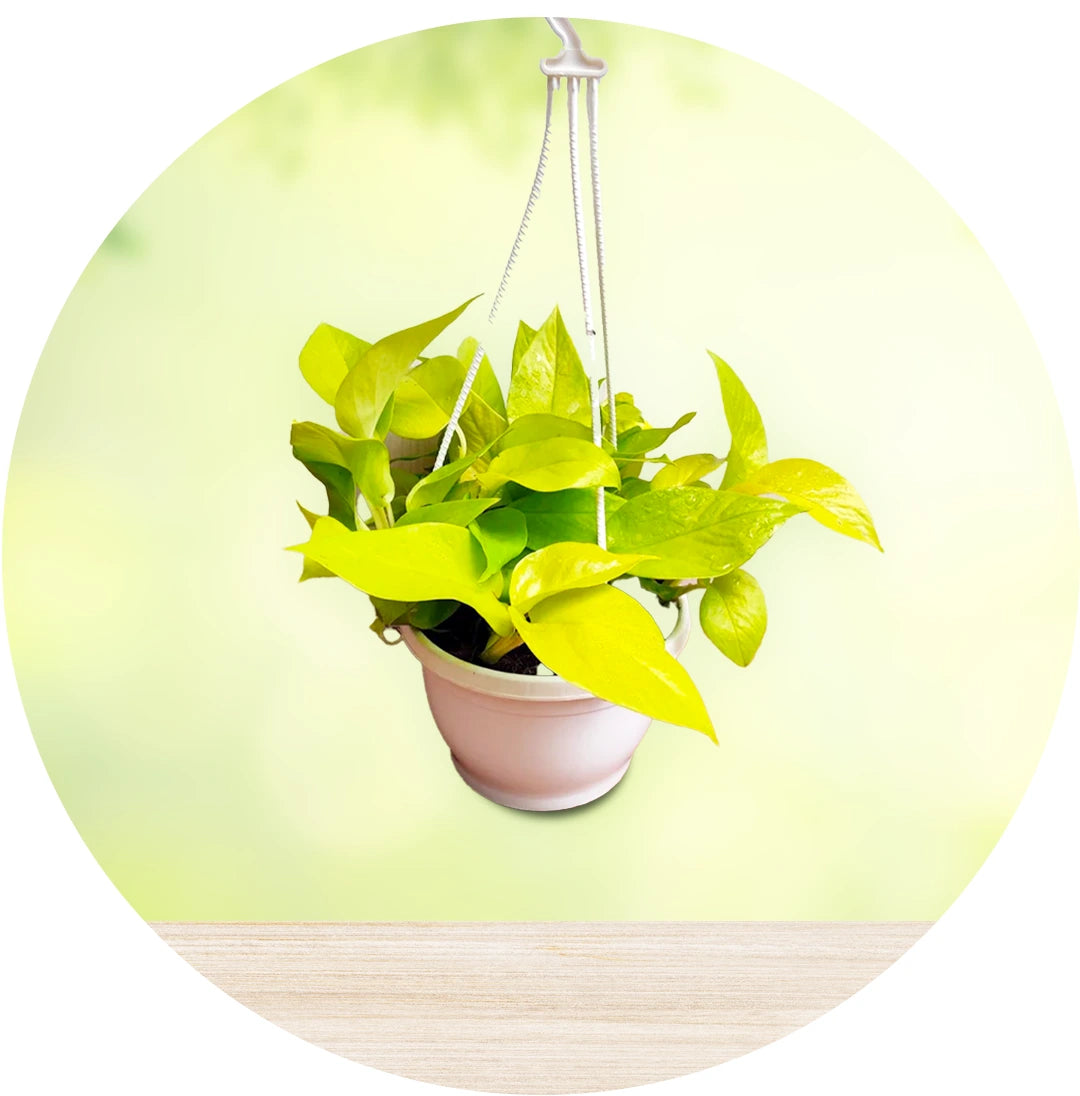
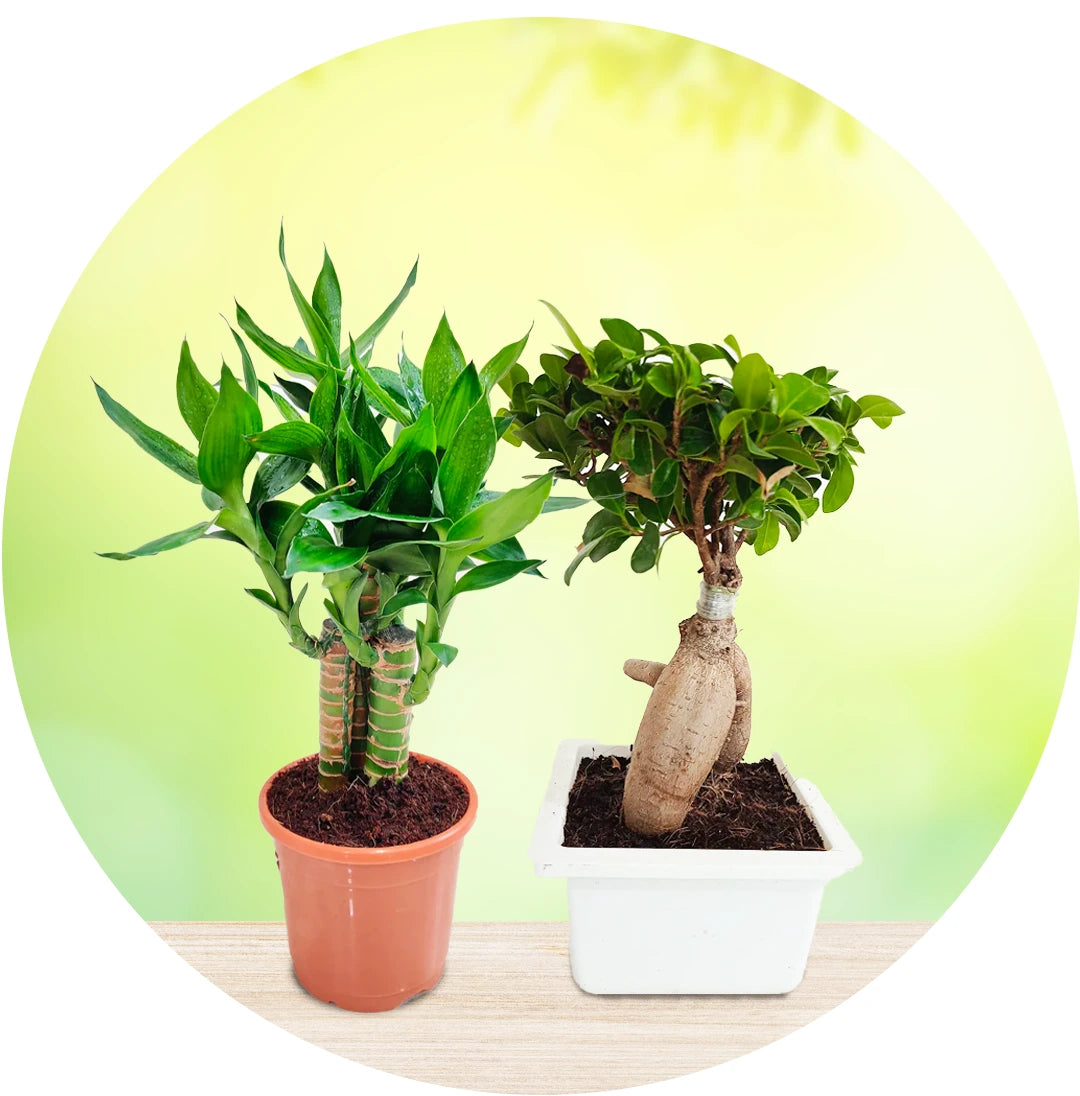
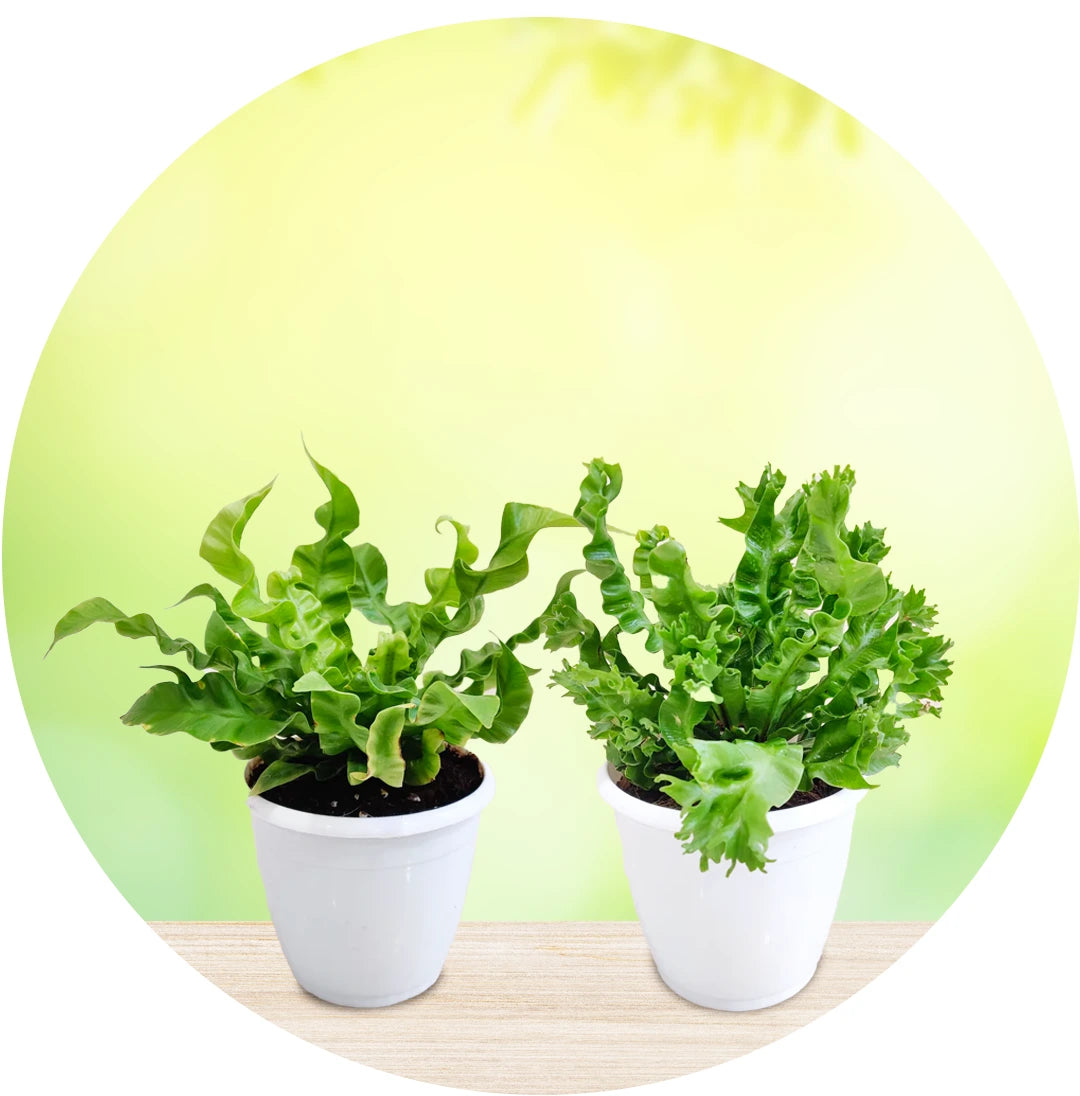
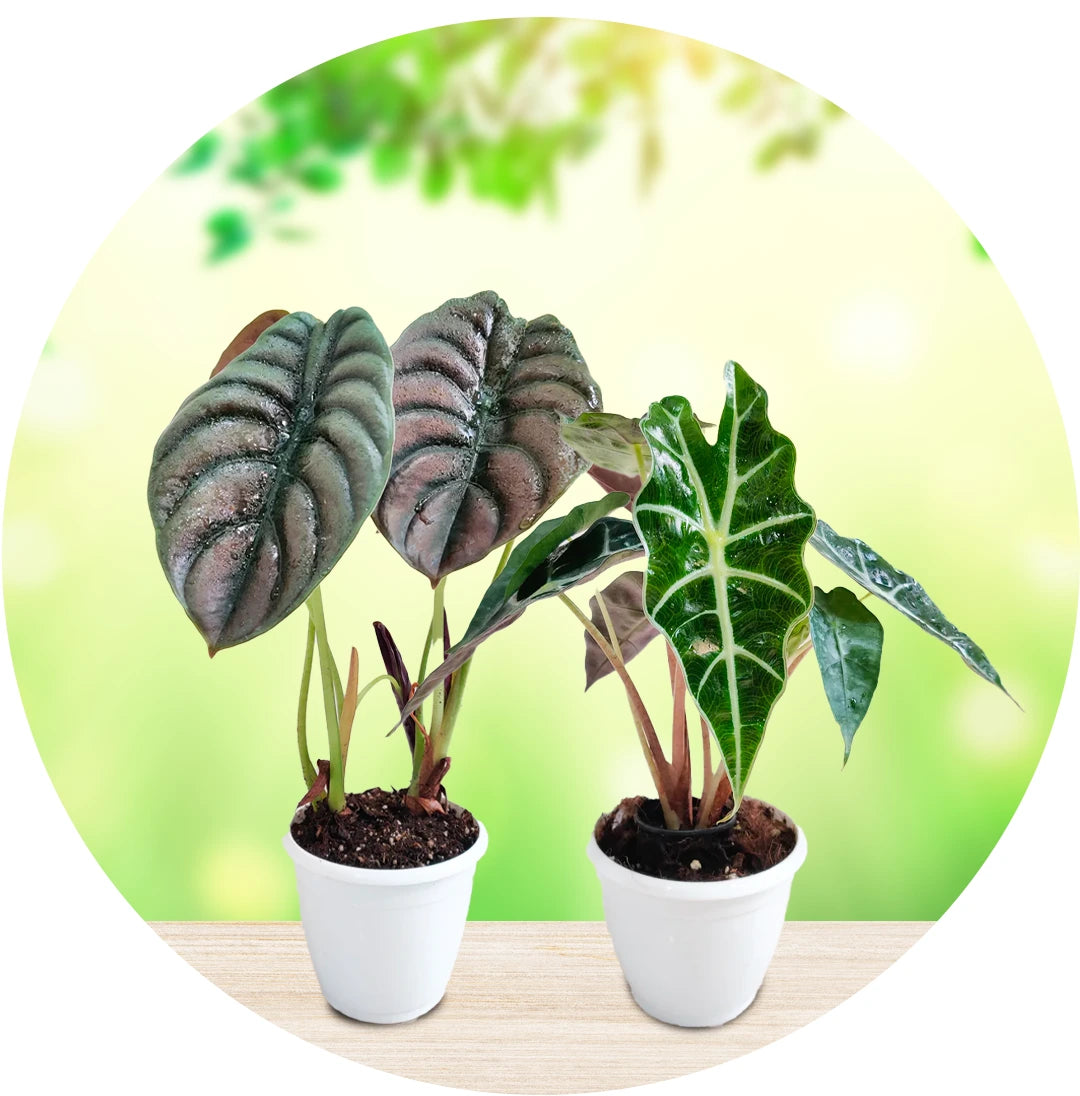
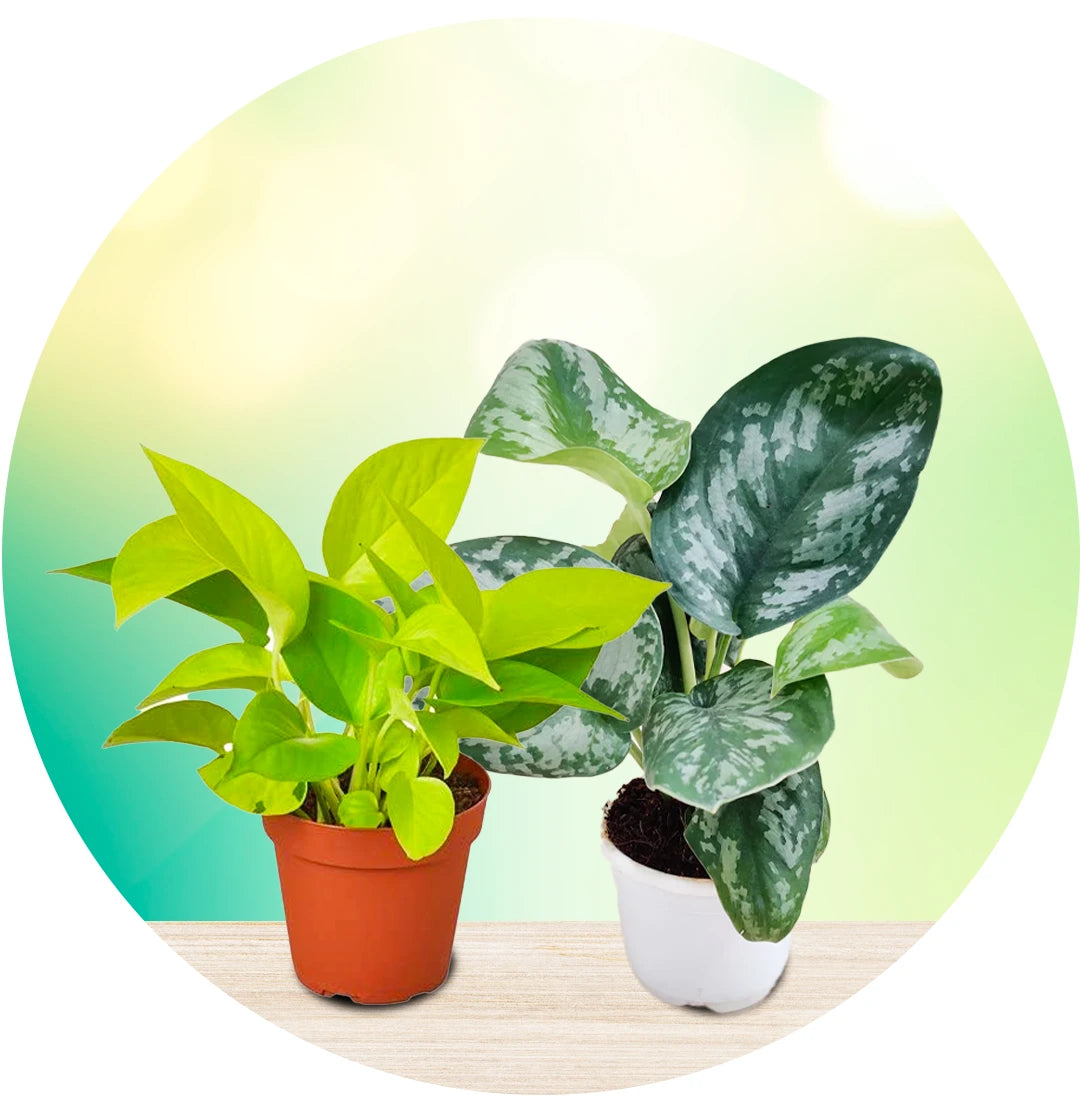
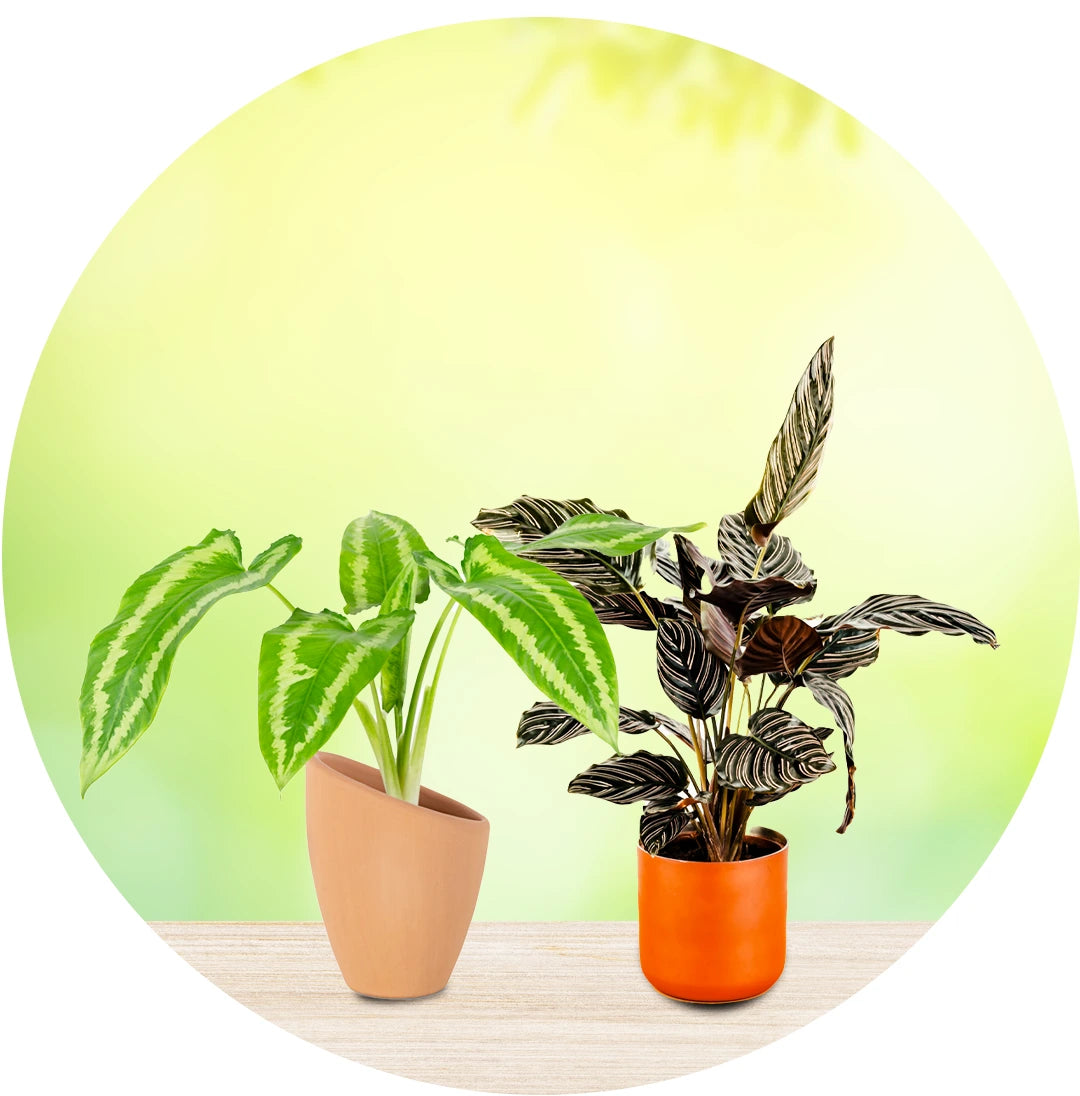
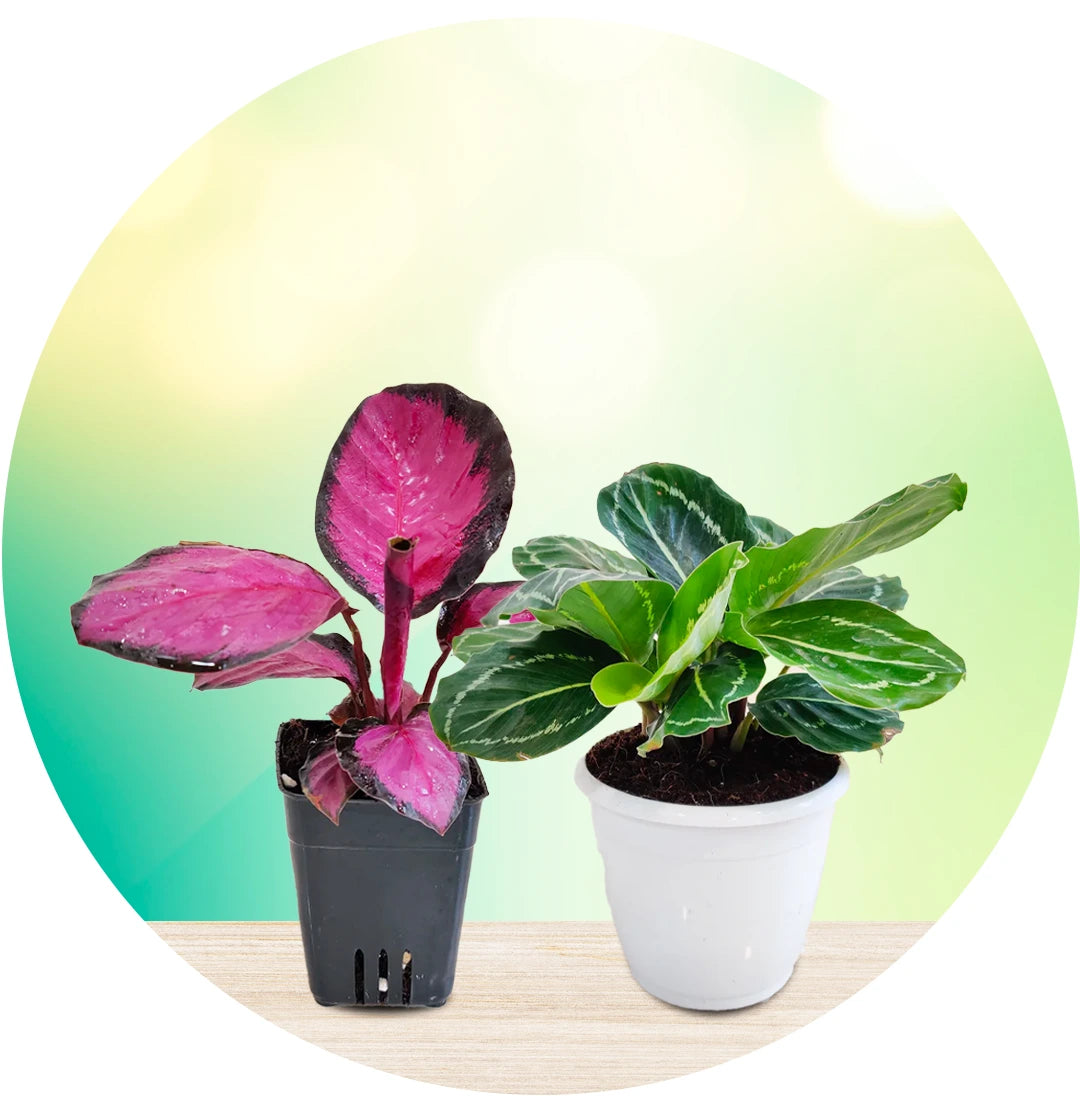
Leave a comment